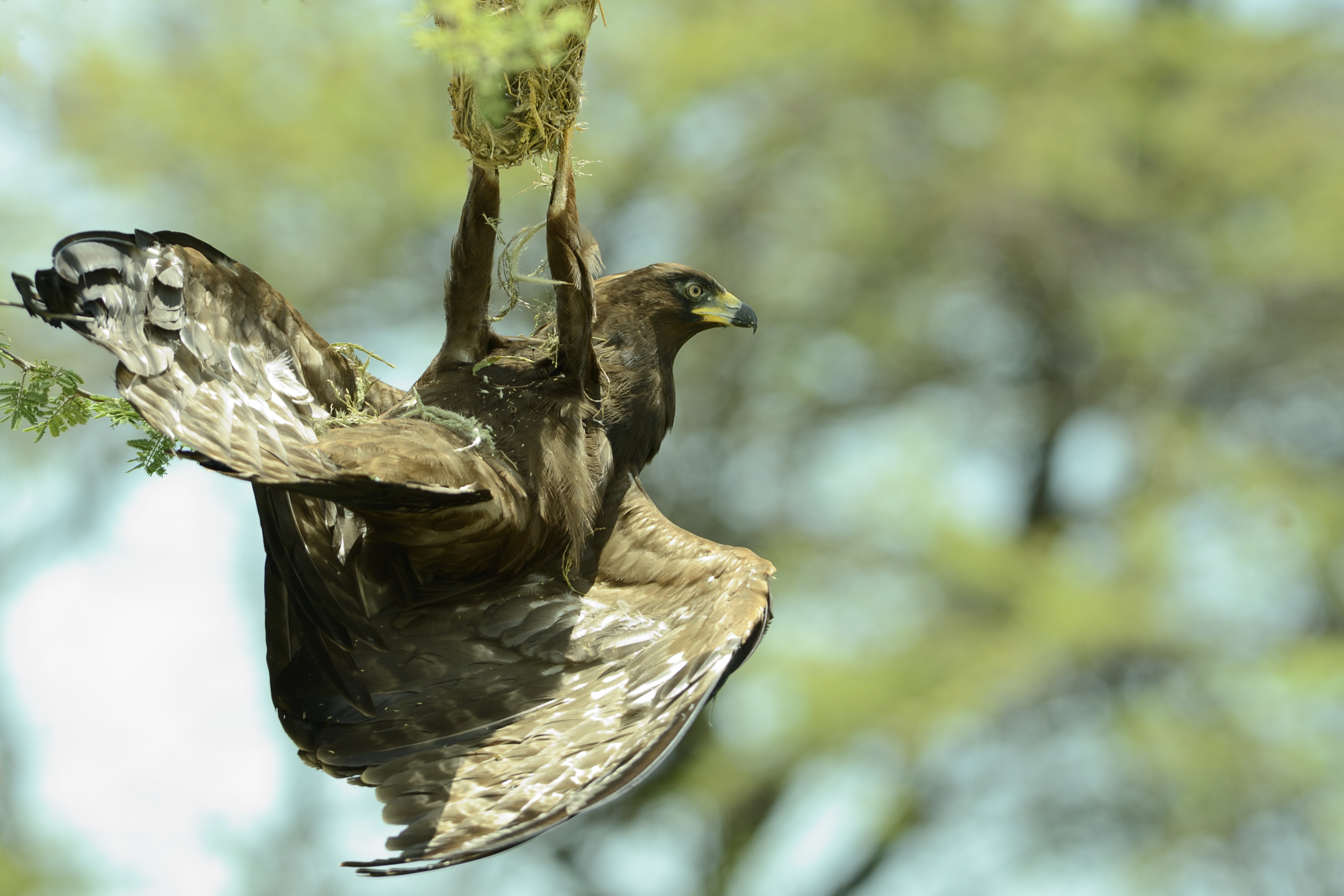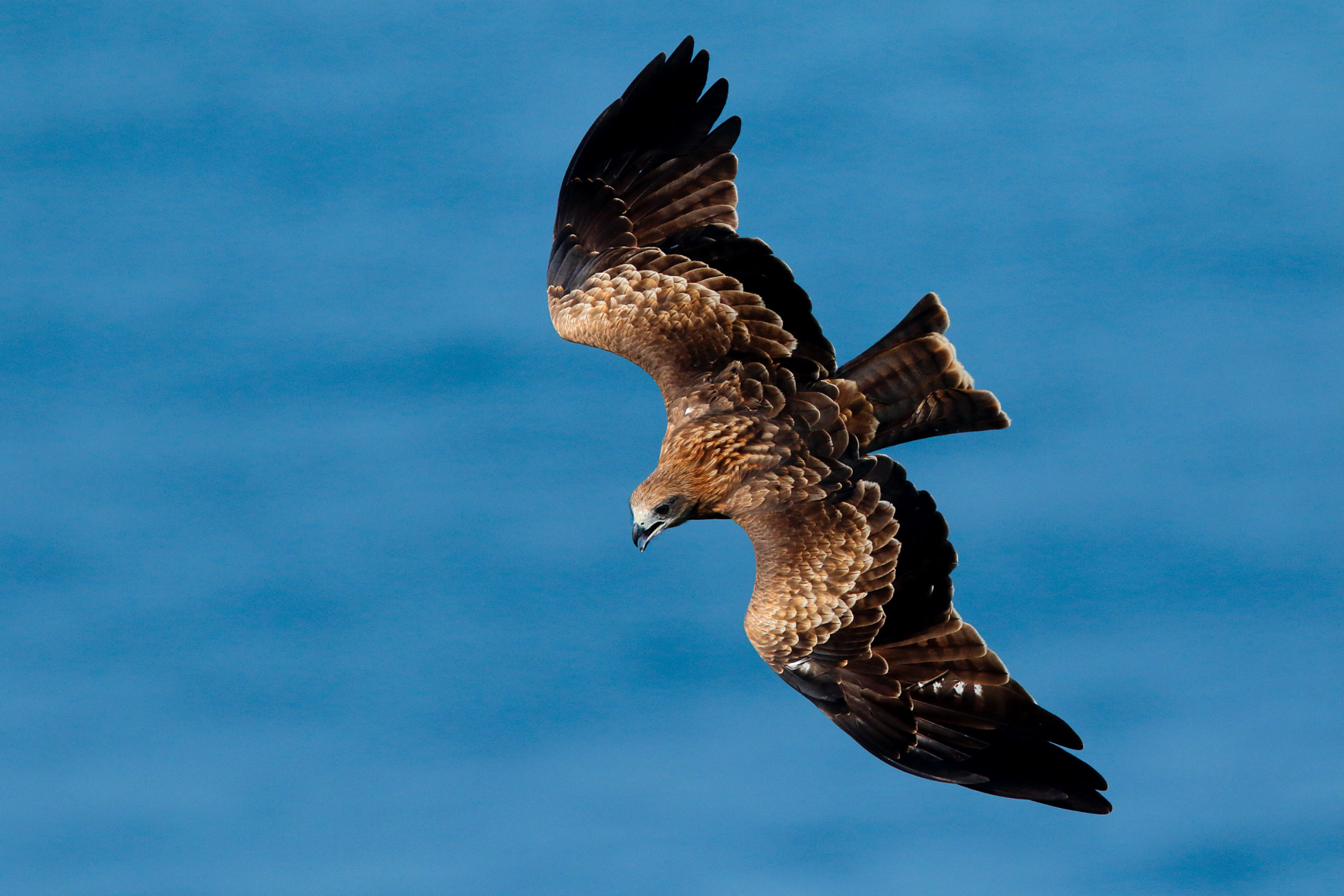

When locating Hawk Kite consideration should be given to quick and easy access to tie-off Hawk Kite in strong winds

The Hawk kite should be installed in a suitable location in clear view of the infested area and preferably at the highest point in the area to be protected, for maximum effect. The Hawk Kite requires open space of at least 100 square metres (10m X 10m) without obstructions such as plants, equipment, handrails etc otherwise it will catch on obstructions in high winds and become tangled or damaged. The hawk kite can be used to protect many problem areas including Golf Courses, Marinas, Fish lakes, Allotments, Playing fields, Industrial roofs, Car sales lots, Brassicas, Cover crops, Grass seeds and any large open space requiring protection from pest birds.
BLACK HAWK KITE HOW TO
Usageįor detailed instructions on how to install the Hawk Kite and its associated mounting systems, please download the Full Installation Guide: You can also purchase an optional kite fixing kit on this page if required (see picture). Securing line for anchoring during heavy windsĪ full range of spares is available should your kite become damaged.2-part 8-plaite 2mm Braided Cord with swivel.Telescopic pole with rubber caps at each end Using carbon fibre struts – it is extremely strong, light and flexible, the kite self-launches, flying in the slightest breeze. The kite is reinforced and stitched at all the wear points making it extraordinarily tough. The original and still the best, the Hawk Kite Kit is by far the toughest and strongest kite on the market It was originally banded in Kansas in 1984.The pest birds will not habituate to the kite’s presence due to the fact that it is always moving and changing height and position. The oldest Mississippi Kite on record was at least 11 years, 2 months old when it was found in Texas in 1995.The pair usually accepts the help, but sometimes chases the yearling away.

A 1-year-old kite will often hang around the nest of a breeding pair and may help with defending the nest, incubating the eggs, or even brooding the chicks.Smaller bird species-such as Northern Mockingbirds, Blue Jays, and House Sparrows-may nest near or on kite nests, usually coexisting peacefully with the kites.



 0 kommentar(er)
0 kommentar(er)
